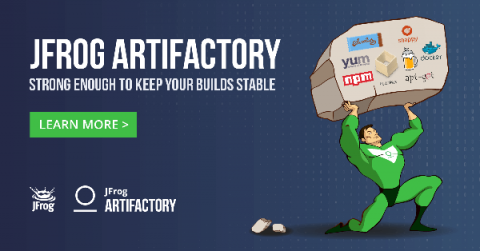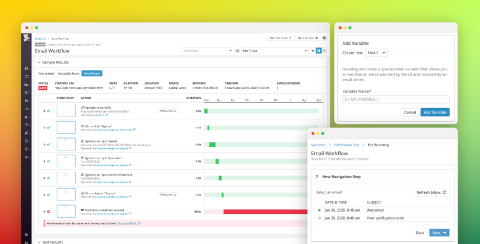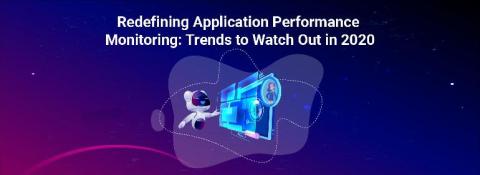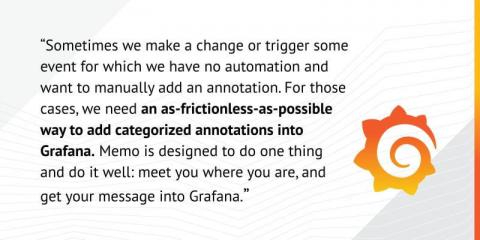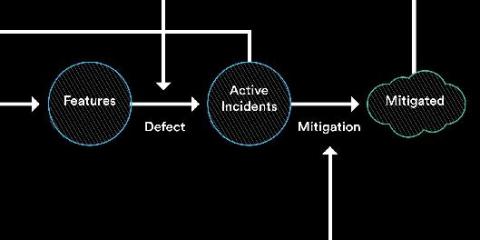The World's Smallest InfluxDB Server
I’ve built a lot of InfluxDB servers in my time here, and I’ve built some pretty esoteric ones at that, but I think I’ve finally pulled off what can only be described as the World’s Smallest InfluxDB Server! Back in the summer of 2019, I saw a project on CrowdSupply.com for something called the ‘Giant Board’. It looked really, really cool! A complete Single Board Computer (SBC) that ran Linux, all in a Feather form factor. I immediately backed it!



